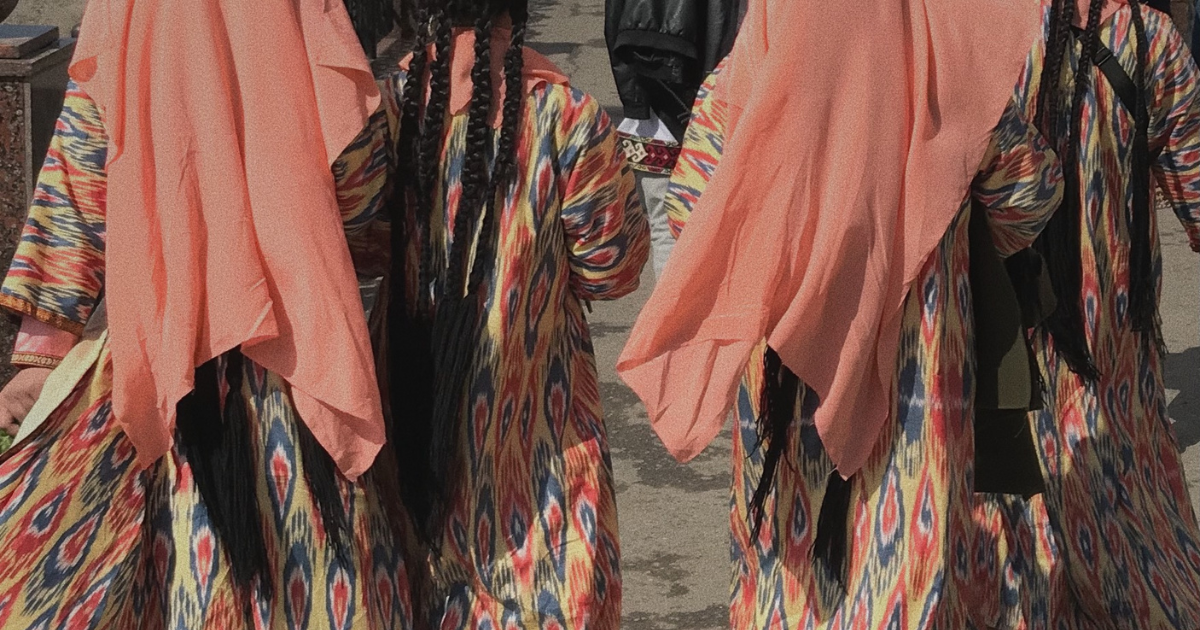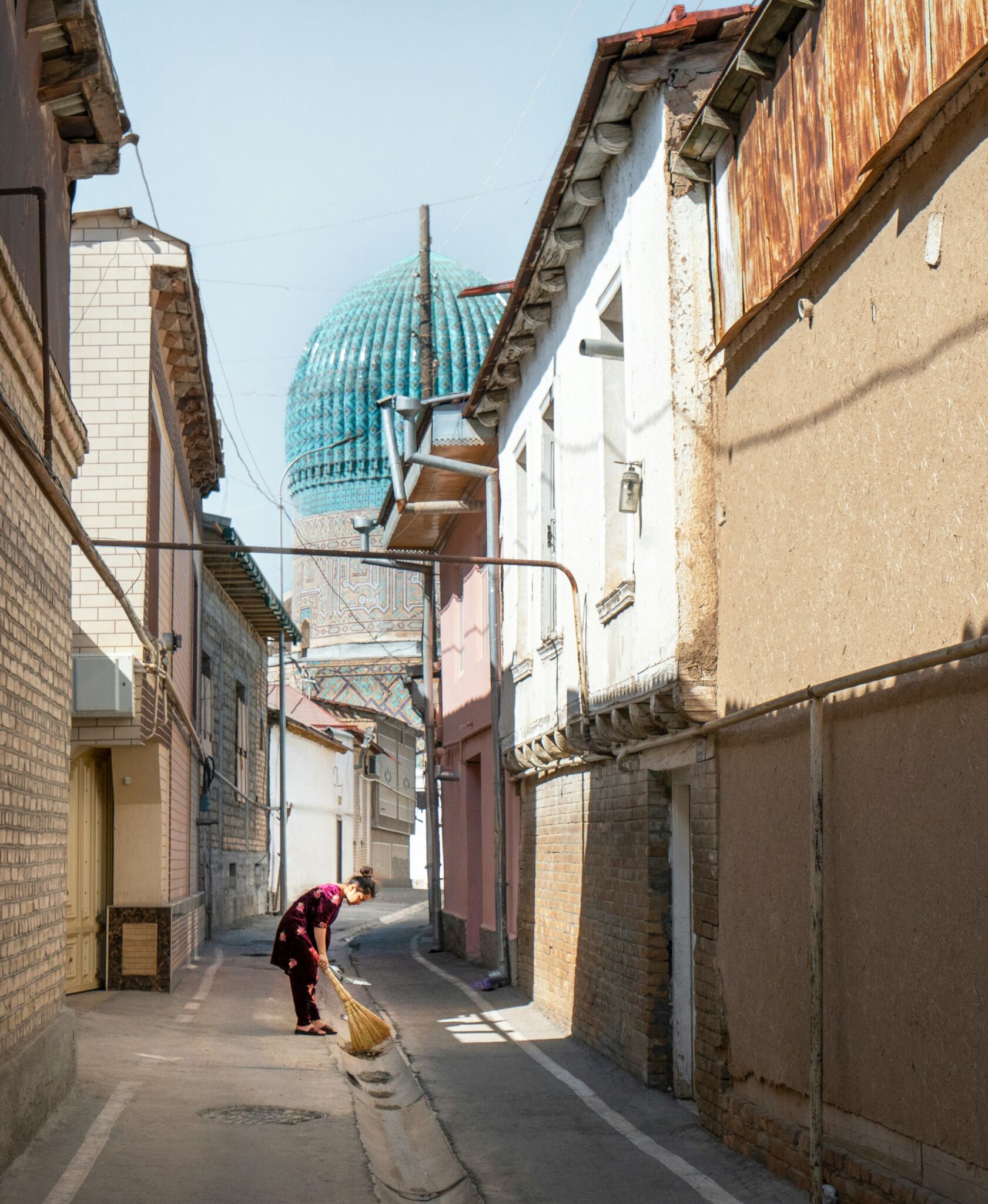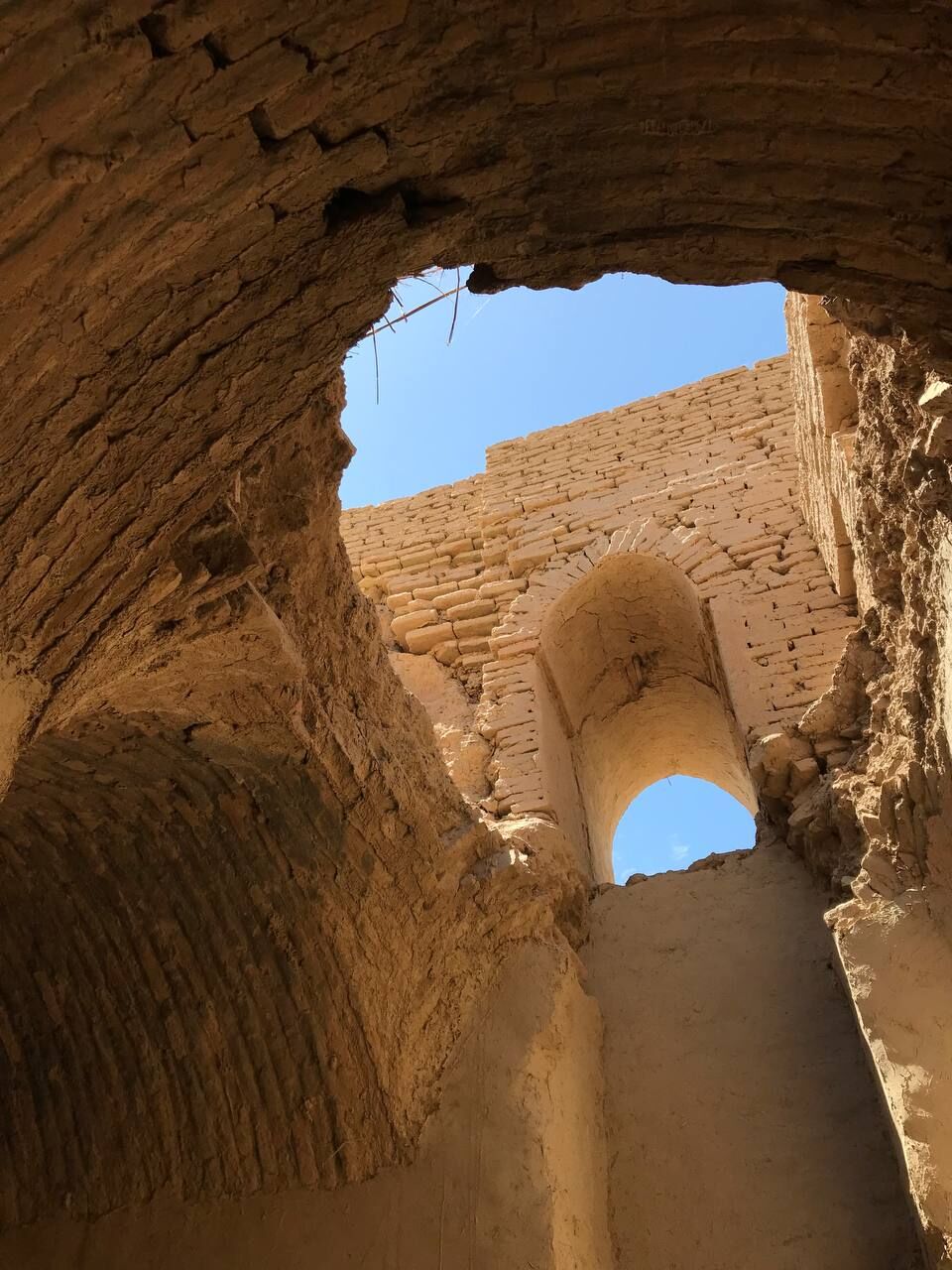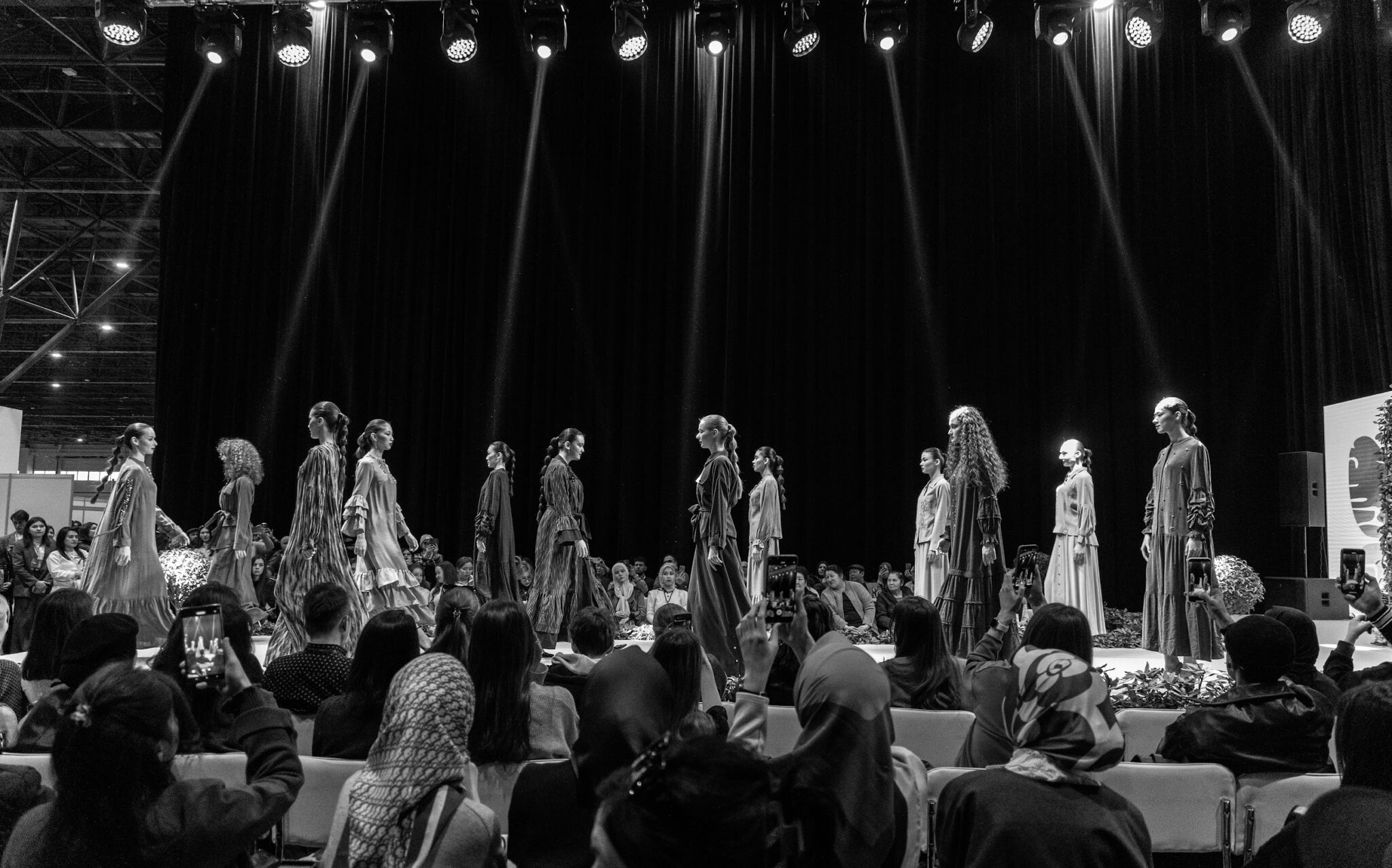The sacred number 40
What stories and legends does this magical number hold for Uzbeks?

In the cultures of Central Asia, the number 40 holds significant meaning. According to some ancient teachings, 40 represents a period of "reset," marking the beginning of a new phase. In many cultures, a 40th birthday is not celebrated, as this age is considered a time of "rebirth." In esoteric beliefs, it is at the age of 40 that new energetic biofield forms and internal processes in the body are reorganized.
In Uzbek traditions, 40 days is regarded as the time required for the body's recovery: a newborn is traditionally "introduced to the world" only after 40 days from birth. Similarly, newly-made brides are not expected to attend large gatherings until 40 days after their wedding, as this period is considered crucial for their transformation into a woman.

Photo: Evgeny Matveev/ Unsplash
The number 40 holds symbolic significance in other traditions as well, not just in terms of time. In the past, it was customary for brides to have 40 kurpachas (quilted cotton mattresses) in their dowry. Traditionally, Uzbek women braid exactly 40 braids. These braids are usually not braided from the roots but start about 5-6 cm below. Each braid is intertwined with special threads called "jamalak," which have decorative beads or tassels at the ends. In Uzbek culture, there is a ritual where a young girl is braided with 40 braids the night before her wedding. After the wedding, she unbraids them and ties her hair into two large braids.
Kirk Kiz
There are also legends associated with the number 40. One of the most prominent is the story of the 40 heroine girls, Kirk Kiz. According to the legend, in the 9th-10th centuries, there was a fortress near Termez where 40 female warriors lived. Their leader was a girl named Gauhar. One day, when enemies began their assault, a fierce battle began. For 40 days, the girls defended the fortress, fighting off the invaders. However, the enemy's army was stronger in both number and physical strength. Reinforcements for the girls were delayed, and one by one, they began to fall. Gauhar continued to fight alone, shooting arrows at the soldiers until she ran out of arrows. She then stepped out of the fortress to face the enemy head-on. She shouted, "I am the only one left alive. I challenge your best warrior, and let this fight decide the outcome of the battle!"

Photo: Serafim Dim
As the enemy leader deliberated on whom to send, Gauhar, being exhausted, wavered on the place and her helmet fell off, letting her thick and long hair cascade down, spreading a loud gasp of astonishment among the enemy ranks. The soldiers were stunned to realize that they had been fighting against women all this time. The leader, jumping off his horse, approached Gauhar and kissed her hand, showing respect and admiration for how her fellows had fought better than his own soldiers. He turned and led his troops away, saying he had witnessed the true jewel of the city. Gauhar watched them leave and then collapsed, closing her eyes forever. That’s how the city was saved.
In the modern world, the number 40 may hold less influence than in ancient times, but some traditions and legends associated with this number are still passed down from generation to generation.


